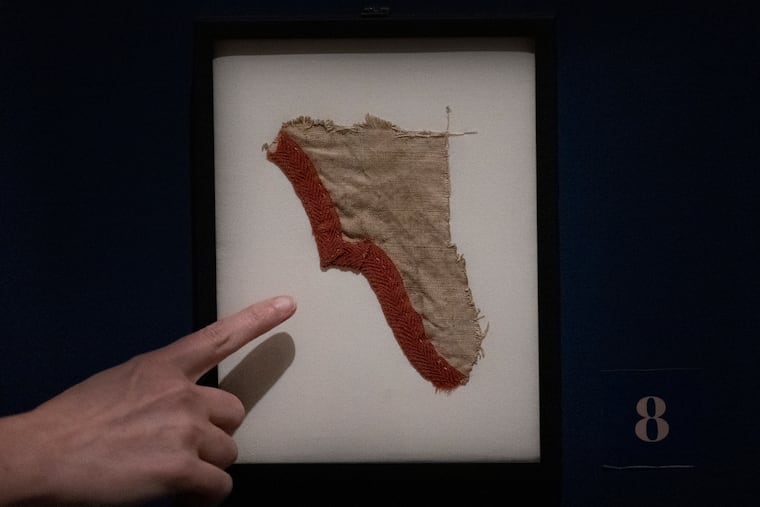A scrap of George Washington’s war tent was bought at Goodwill. Now it’s in Philly.
Dana Moore, a private collector from Virginia, who bought the scrap of tent for $1300 on a Goodwill auction site, has loaned the relic to the museum for two years.

Dana Moore, a private collector from Virginia, who bought the scrap of tent for $1300 on a Goodwill auction site, has loaned the relic to the museum for two years.
